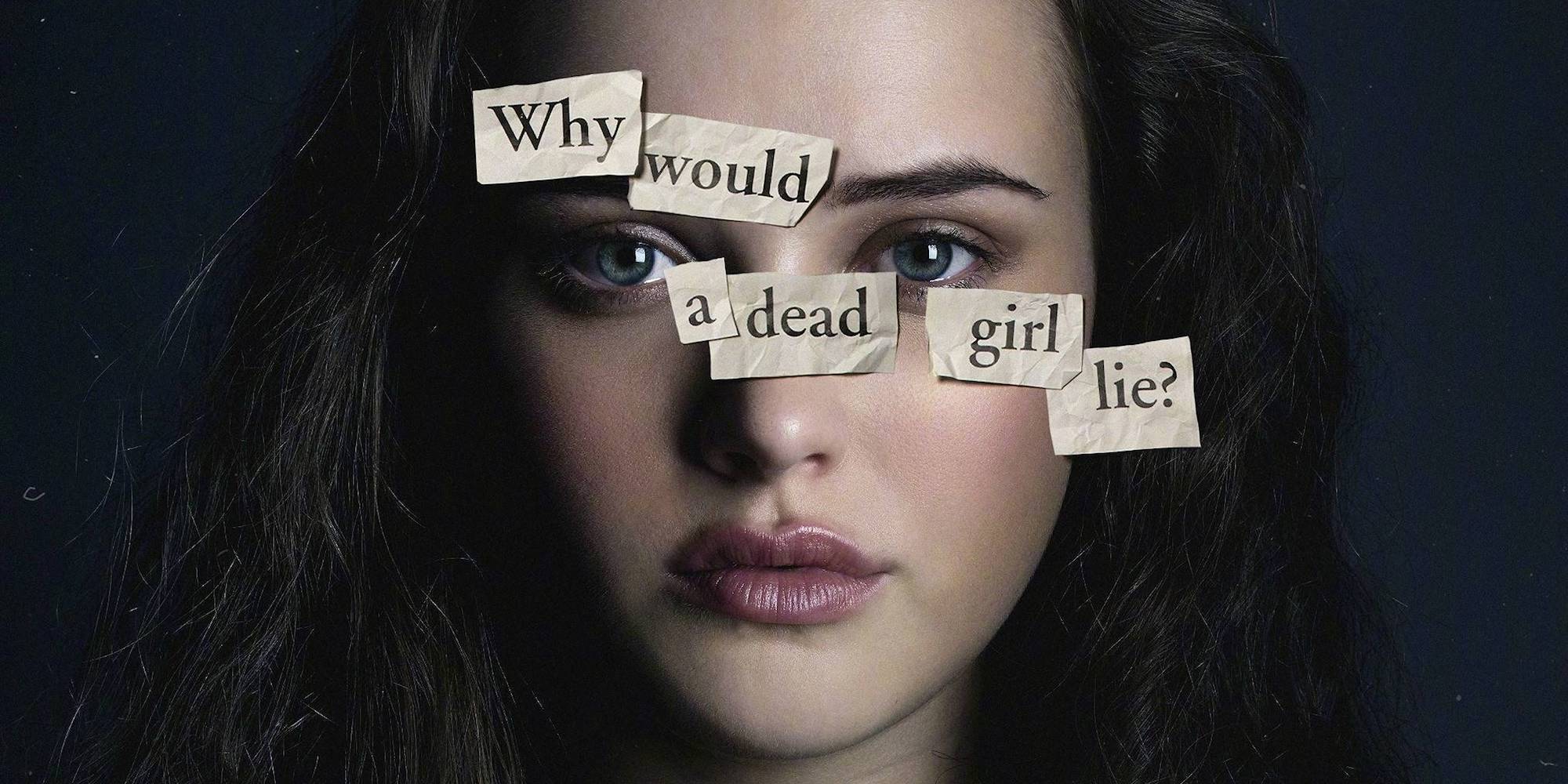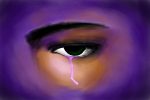After the first season of “13 Reasons Why” was released last April, viewers have anxiously awaited its Season 2 debut. While the first installment of the Netflix original series is based on Jay Asher’s best-selling novel of the same name, the second season takes on an entirely new plot, as its focus shifts from haunting tapes to threatening polaroid pictures.
Additionally, new characters are introduced, original characters are explored further and viewers are given two sides to the Hannah Baker story.
In Season 1, viewers experienced Liberty High School from Hannah’s point of view, as her recorded tapes were the show’s center of focus. The second season, however, allows for other characters to share their personal experiences at Liberty High, some of which contradict the stories described on Hannah’s tapes.
In the months following the Baker family’s lawsuit against Liberty High, many of Hannah’s classmates are forced to share their personal truths in court. While Hannah’s friendlier acquaintances, such as Jessica, Clay and Alex, are eager to defend the honor of their lost friend, many of her “enemies” long to protect their own reputations. However, when a mysterious figure begins to taunt students with threatening messages and polaroid pictures, the truth becomes increasingly more complex.
The first season of “13 Reasons Why” begins a conversation about serious issues that carry over into the second season: bullying and sexual assault. While the trial is largely concerned with Liberty High’s involvement in Hannah’s suicide, many of her classmates’ personal episodes of abuse and harassment are forced into the limelight, as their names and experiences are described, in detail, on the tapes.
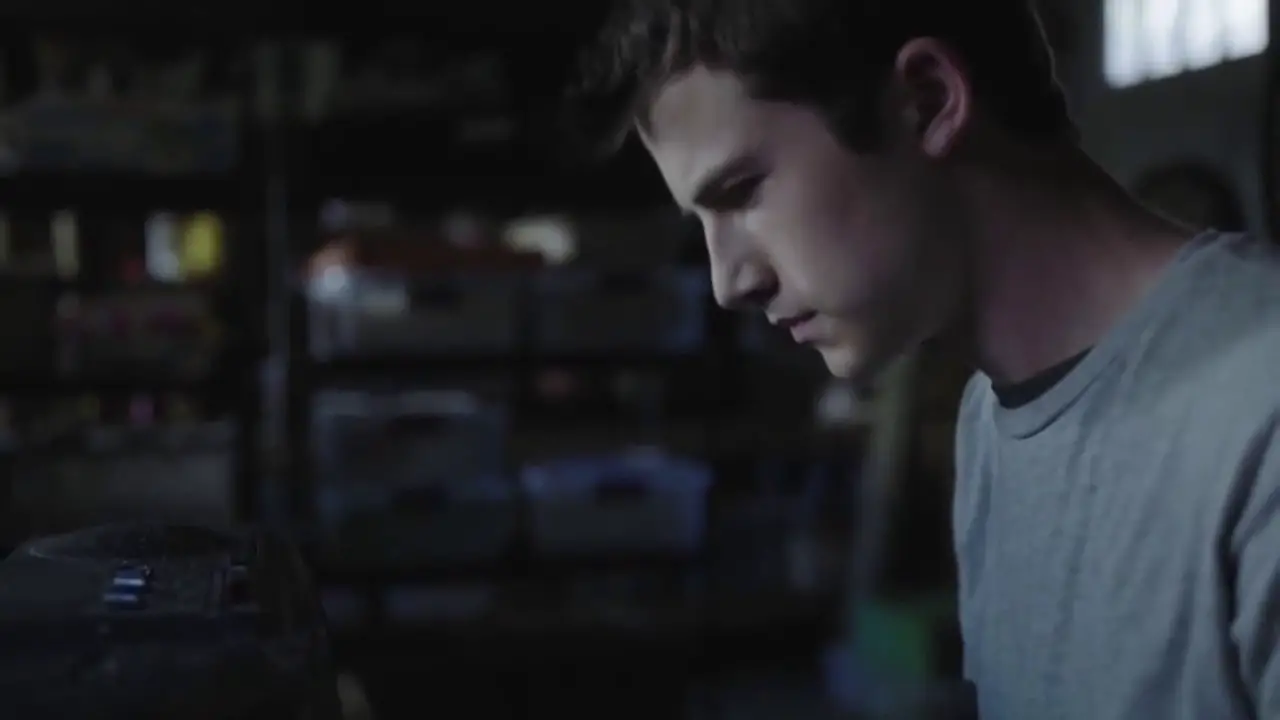
Jessica Davis, for instance, struggles to cope with her personal instance of sexual assault and is hardly able to face her attacker, Bryce Walker, in the halls of Liberty High. In Season 2, Jessica’s road to recovery is portrayed more fully, emphasizing the importance of rape victim support groups and the sensitivity of PTSD.
While Jessica’s primary storyline focuses on recovery and returning to a normal, healthy lifestyle, another character begins to spiral, the season finale concluding with a graphic scene in which one of the male characters is raped prison-style with the end of a broken mop. This scene has been scrutinized since the second season’s release last Friday, with many people encouraging Netflix to pull the plug on “13 Reasons Why.”
This is the not the first count of controversy the show has faced. Since the series release in 2017, organizations such as the Parents Television Council have been wary of the issues discussed in “13 Reasons Why,” claiming the content to be harmful to children and adolescents.
Parents aside, teenagers, who comprise the main viewership of “13 Reasons Why,” have found many of the show’s more intense scenes to be unnecessary, leading them to believe that show’s creator, Brian Yorkey, merely wants to shock viewers.
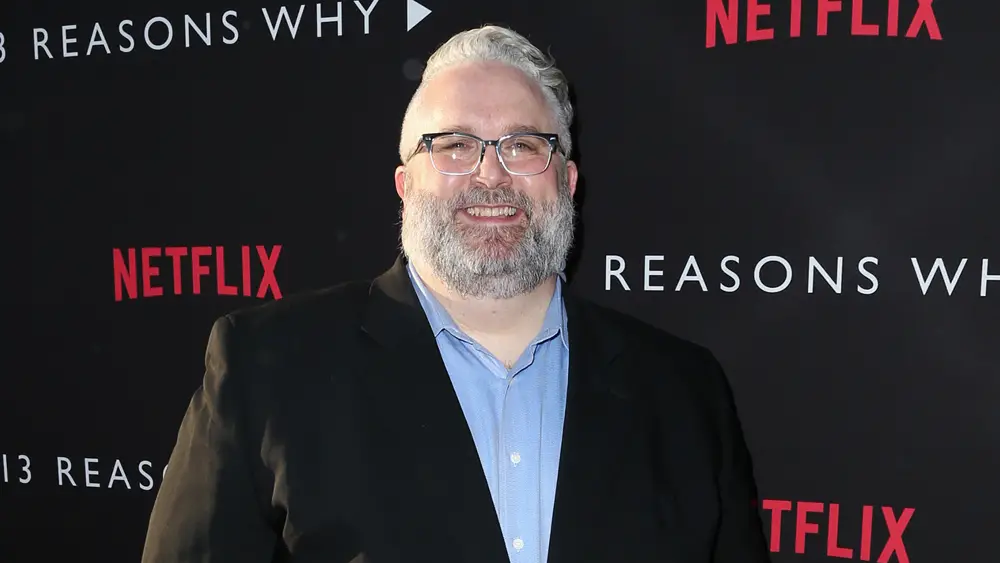
Although the creators behind “13 Reasons Why” claim to depict instances of sexual assault and bullying realistically, many viewers are starting to question if Yorkey exaggerated these scenes for audience reaction or higher ratings.
In addition to “the bathroom scene” in the second season finale, audiences also had varying responses to the suicide scene in Season 1, as it is questionable whether it contributed to the plot of the show. However, although the show’s more intense scenes have received mixed reviews, many viewers appreciate how racial and gender-related issues are discussed on-screen.
Jessica, who comes from a biracial family, claims that she doesn’t resemble a “perfect victim,” as she isn’t entirely Caucasian.
When encouraged to speak with the police, Jessica answered: “You weren’t there. Hannah’s gone, and she was sweet and sensitive and white. I’m not the right kind of victim to go against Bryce Walker, not when it’s his word against mine.” In this instance, Jessica is referencing Bryce’s privileged, white lifestyle, and how his prestigious family has the means to protect him.
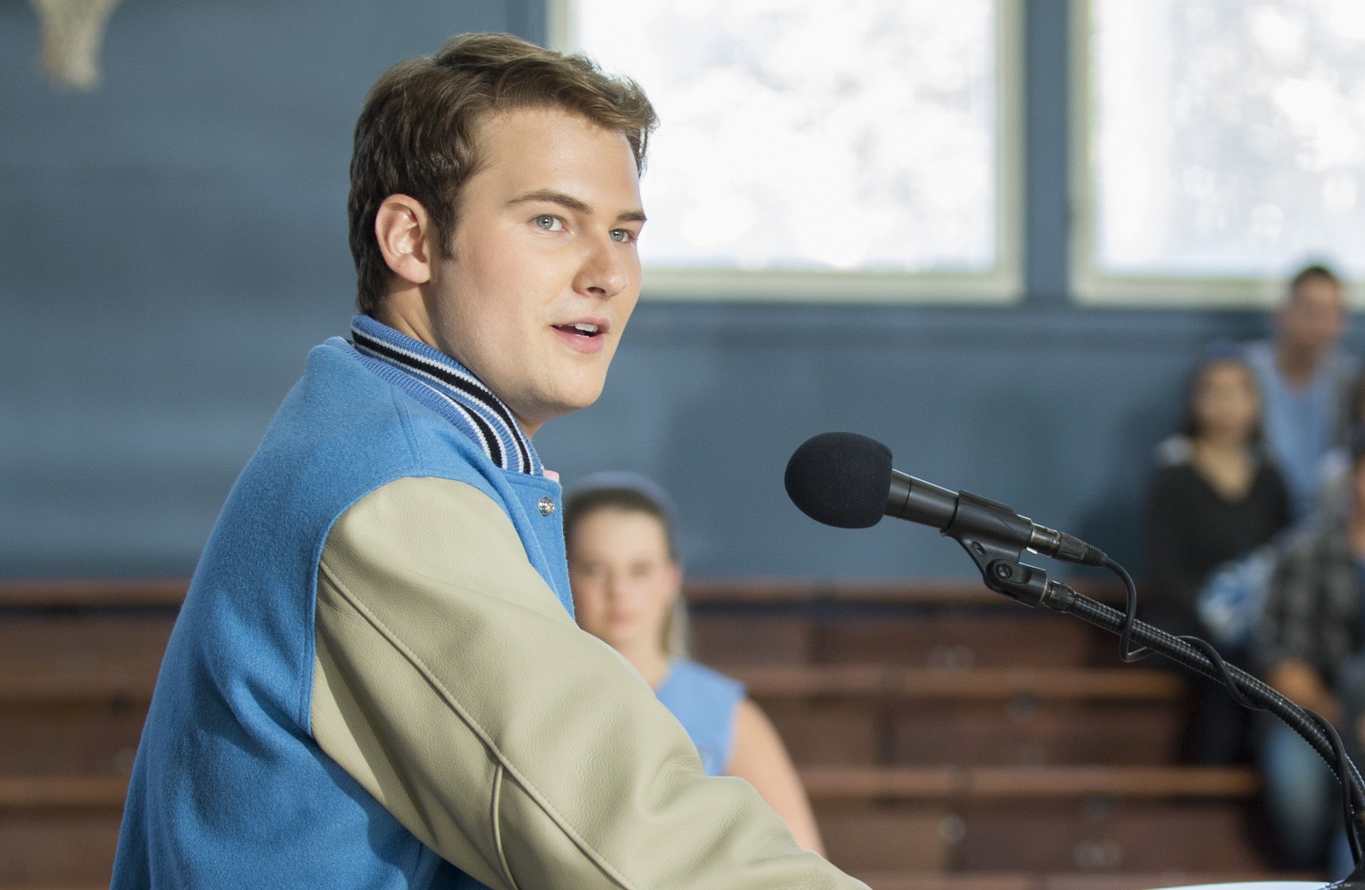
Viewers praised Yorkey, noting the resemblance between Bryce’s storyline and many real-life instances of sexual assault that involve a privileged, Caucasian male perpetrator, pointing to how Bryce’s pathetic sentence of three months’ probation mirrors modern cases of sexual assault.
In more specific terms, Bryce’s case is almost identical to that of Brock Turner’s in 2016, when many believed that the judge placed more value on the perpetrator’s reputation and athletic career than the trauma he inflicted.
This view has not only been shared by the show’s audience, but also by the media. In a Vanity Fair article entitled, “How ‘13 Reasons Why’ Successfully Grapples with the #MeToo Movement,” journalist Joanna Robinson states: “But even as ‘13 Reasons Why’ bends to the breaking point in order to keep Bryce in the picture, it’s impossible to deny that his reprieve reflects a sad reality.”
“13 Reasons Why” certainly does not shy away from social issues, as it also delves into the prominence of school shootings and gun violence. For instance, just weeks after the recent shooting in San Antonio this past May, the show’s second season finale includes a scene of potential gun violence, emphasizing how bullying often plays a role in school shootings — a controversial standpoint that has received many mixed reviews.
Although “13 Reasons Why” received a “Mature” television rating, teenagers, especially high school students, have identified with the real-world issues it brings to light in their own lives and school districts, as shown by the discussions about gun violence, racial/gender equality and sexual assault the show has created.
While it is still unclear whether their intent was to shock viewers or spark positive change, the creators of “13 Reasons Why” have been very successful at their end goal: to get viewers talking.


